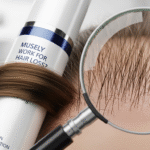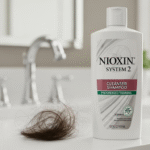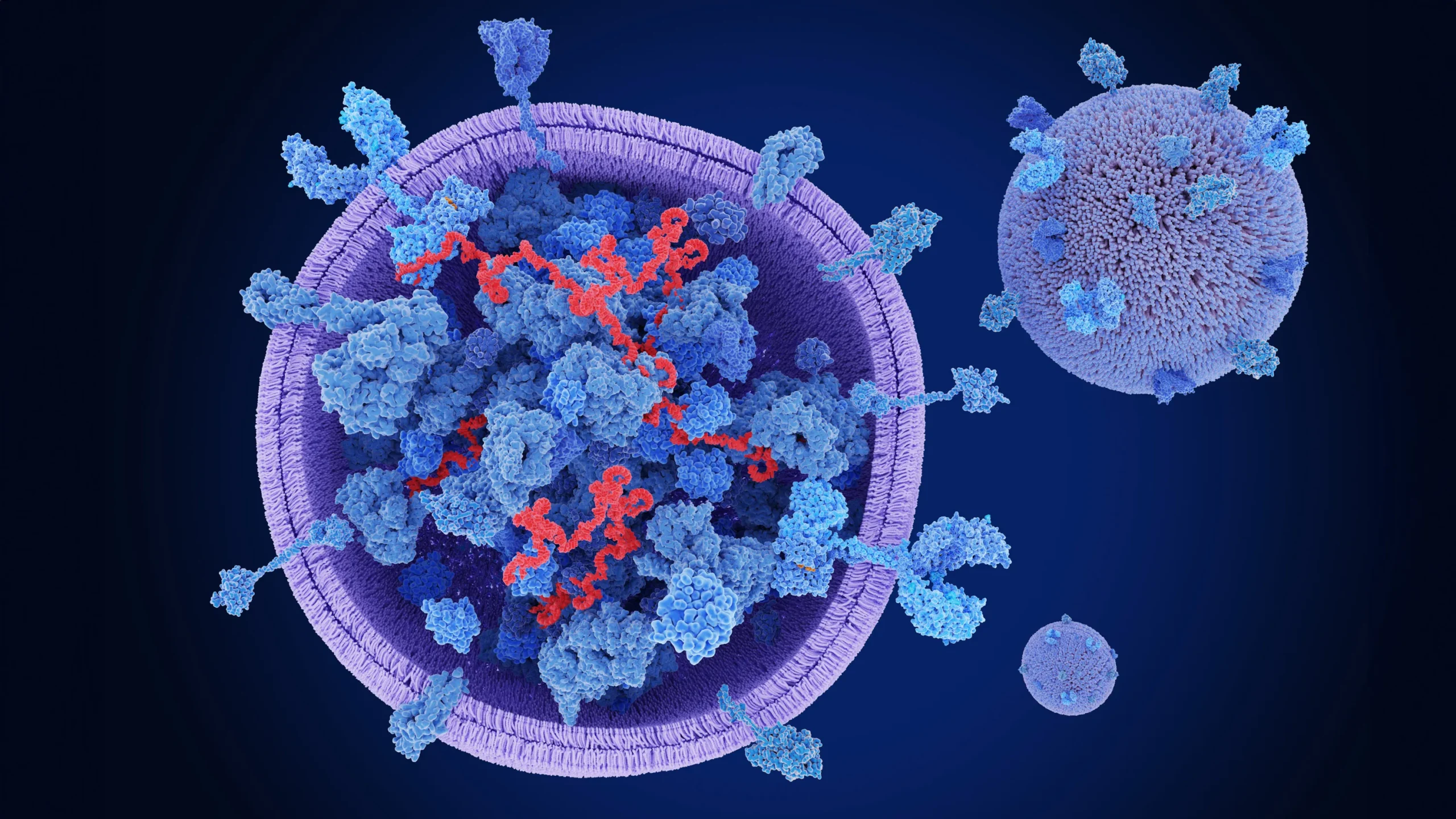Does naltrexone cause hair loss? If you're taking this medication for addiction recovery, autoimmune disorders, or chronic pain—and noticing more hair in your brush—you’re not alone. Although hair loss isn’t a common side effect listed on the drug label, many users report thinning or shedding. In this medically reviewed article, we’ll explore what science says …
Does naltrexone cause hair loss? If you’re taking this medication for addiction recovery, autoimmune disorders, or chronic pain—and noticing more hair in your brush—you’re not alone.
Although hair loss isn’t a common side effect listed on the drug label, many users report thinning or shedding. In this medically reviewed article, we’ll explore what science says about the link between naltrexone and hair health, and what steps you can take to manage or prevent it.

What Is Naltrexone and Why Is It Prescribed?
Naltrexone is a prescription medication primarily used to help treat:
- Opioid dependence
- Alcohol use disorder
- Off-label: Autoimmune conditions (e.g., Crohn’s disease, multiple sclerosis), fibromyalgia, and long COVID, often in low-dose form
How It Works
Naltrexone blocks opioid receptors in the brain, which helps reduce cravings and the euphoric effects of opioids or alcohol. In low doses (LDN), it is believed to modulate the immune system and reduce inflammation.
Does Naltrexone Cause Hair Loss? What the Evidence Says
Hair loss is not a listed side effect in most official prescribing guides for naltrexone. However, anecdotal evidence from online communities and support groups suggests some users do experience it.
What Clinical Data Says
- FDA drug labels and trials don’t list hair loss among common or rare adverse effects
- PubMed literature contains very few references linking naltrexone to alopecia
Anecdotal Reports
- Threads on Reddit, Drugs.com, and LDN support groups include user accounts of hair shedding
- Some report onset within weeks of starting naltrexone, others notice it after months
Possible Reasons for Hair Loss While on Naltrexone
If hair loss occurs, it may not be directly caused by the drug. Several other explanations exist:
1. Stress or Detox Effect
Starting naltrexone for addiction or chronic illness can trigger emotional or physiological stress, leading to telogen effluvium, a temporary hair-shedding condition.
2. Nutritional Deficiencies
Recovery patients may be deficient in B vitamins, iron, or zinc, which are critical for hair health.
3. Drug Interactions
Concurrent medications or withdrawal from long-term drugs can disrupt hormone levels or scalp circulation.
Hair Loss with Low-Dose Naltrexone (LDN): A Separate Issue?

LDN is used at doses between 0.5 mg to 4.5 mg, significantly lower than the standard 50 mg therapeutic dose.
Is Hair Loss More Common with LDN?
- Few documented cases report hair loss linked directly to LDN
- Some patients in fibromyalgia or autoimmune communities mention shedding during the adjustment phase
What’s the Mechanism?
It’s unclear. Some hypothesize immune shifts might trigger underlying autoimmune alopecia in predisposed individuals
Expert Commentary on Naltrexone and Hair Health
Pharmacist Input
Pharmacists emphasize the importance of monitoring nutrient levels, especially in patients tapering off other medications.
What to Do If You Experience Hair Loss While Taking Naltrexone

1. Get Evaluated
Ask your doctor for:
- Thyroid function tests
- Ferritin, vitamin D, zinc, and B12 levels
- Scalp and dermatology consultation
2. Consider Adjusting the Dose
- Some patients find hair stabilizes after reducing or titrating dosage
- Switching to LDN may reduce potential inflammatory effects
3. Support Hair Recovery
- Use gentle, sulfate-free shampoos
- Consider biotin, iron, or DHT-blocking supplements (after medical clearance)
- Avoid tight hairstyles or aggressive brushing
Should You Be Concerned About Hair Loss on Naltrexone?
Hair loss isn’t a widely documented side effect of naltrexone, but individual experiences can vary. Shedding may result from underlying stress, withdrawal symptoms, nutritional deficiencies, or autoimmune responses rather than the drug itself. Still, it’s important to monitor changes, seek medical support, and rule out other causes early.
FAQs
Can naltrexone directly cause hair shedding?
There is no clinical confirmation, but indirect links via stress or immune changes are possible.
Is hair loss from naltrexone permanent?
In most cases, no. If related to telogen effluvium, hair typically regrows within 3–6 months.
How common is this side effect?
It is considered rare or anecdotal and not listed in most official documentation.
Does low-dose naltrexone have a lower risk?
Likely yes, due to lower systemic impact. However, autoimmune conditions treated by LDN may also contribute to hair loss independently.
What should I do if I notice excessive hair shedding?
Speak with your prescribing doctor, check nutritional status, and consider dermatology referral.
Ready to take your Next Step
Hair changes during recovery or chronic illness can be emotionally draining. If you’re unsure whether naltrexone is affecting your hair health, let a medical professional guide you.
Book a consultation with Dr. Uzma Irfan, an ISHRS-certified surgeon in Islamabad to get a personalized evaluation, testing, and treatment options that support both your medication journey and your hair recovery.






